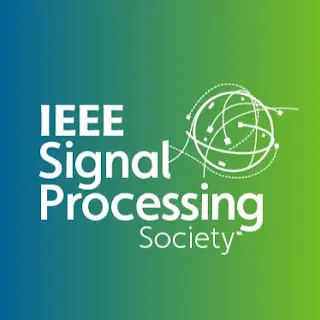Two-Dimensional Super-Resolution via Convex Relaxation
In this paper, we address the problem of recovering point sources from two-dimensional low-pass measurements, which is known as the super-resolution problem. This is the fundamental concern of many applications such as electronic imaging, optics, microscopy, and line spectral estimations. We assume that the point sources are located in the square
